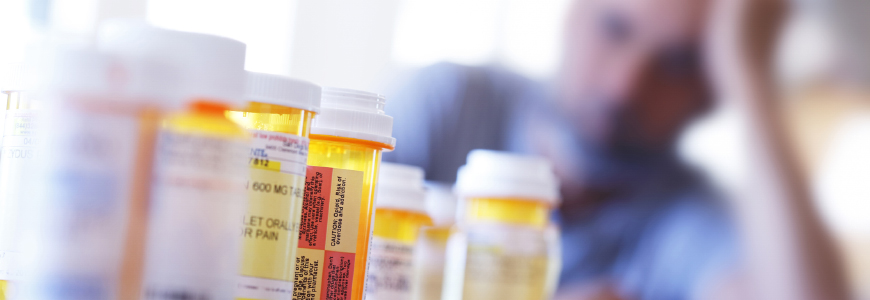As the opioid crisis continues to escalate, physicians have reduced national opioid prescriptions by 22 percent. But reducing prescriptions is just part of the picture, says Patrice Harris, MD, chair of the American Medical Association (AMA) Opioid Task Force. Additional steps that office-based physicians can take to address the opioid crisis include:
1. Screen patients for substance use disorder in addition to depression and anxiety. Keep in mind that the opioid epidemic “knows no bounds—it knows no race, no class, or economic status,” Harris says.
2. Register with and use your state’s prescription drug monitoring program to get a fuller picture of your patients’ medication use and whether they are obtaining opioid medications from multiple sources.
3. Continue to support comprehensive pain management with available treatment options, including nonopioid medications and nonpharmacologic options such as physical therapy.
4. Carefully monitor patients who may be susceptible to opioid abuse or accidental overdose, including patients with depression or anxiety disorder and those who take high doses of opioid medications. The AMA recommends considering prescribing naloxone with opioids for patients at risk for accidental overdose.
5. Be aware of withdrawal symptoms. Anyone who takes opioids is at risk of becoming dependent on the medication; a much smaller percentage become addicted. Either way, patients can experience withdrawal symptoms if the medication is abruptly stopped, including physical pain, emotional distress, and intense cravings. Withdrawal symptoms can lead patients to seek illicit forms of opioids, which are more dangerous and addictive.
6. Discuss safe storage and disposal of unused medication with all patients. Consider providing patients with a list of local take-back sites and information about the biannual National Prescription Drug Take Back Day.
7. Consider becoming certified to prescribe medication-assisted treatment (MAT). Abstinence-only treatment programs have a success rate of less than 10 percent, but MAT raises this rate to more than 50 percent. Physicians can increase access to this evidence-based option—and potentially reduce the stigma of addiction and addiction treatment—by offering MAT as part of their practice.
